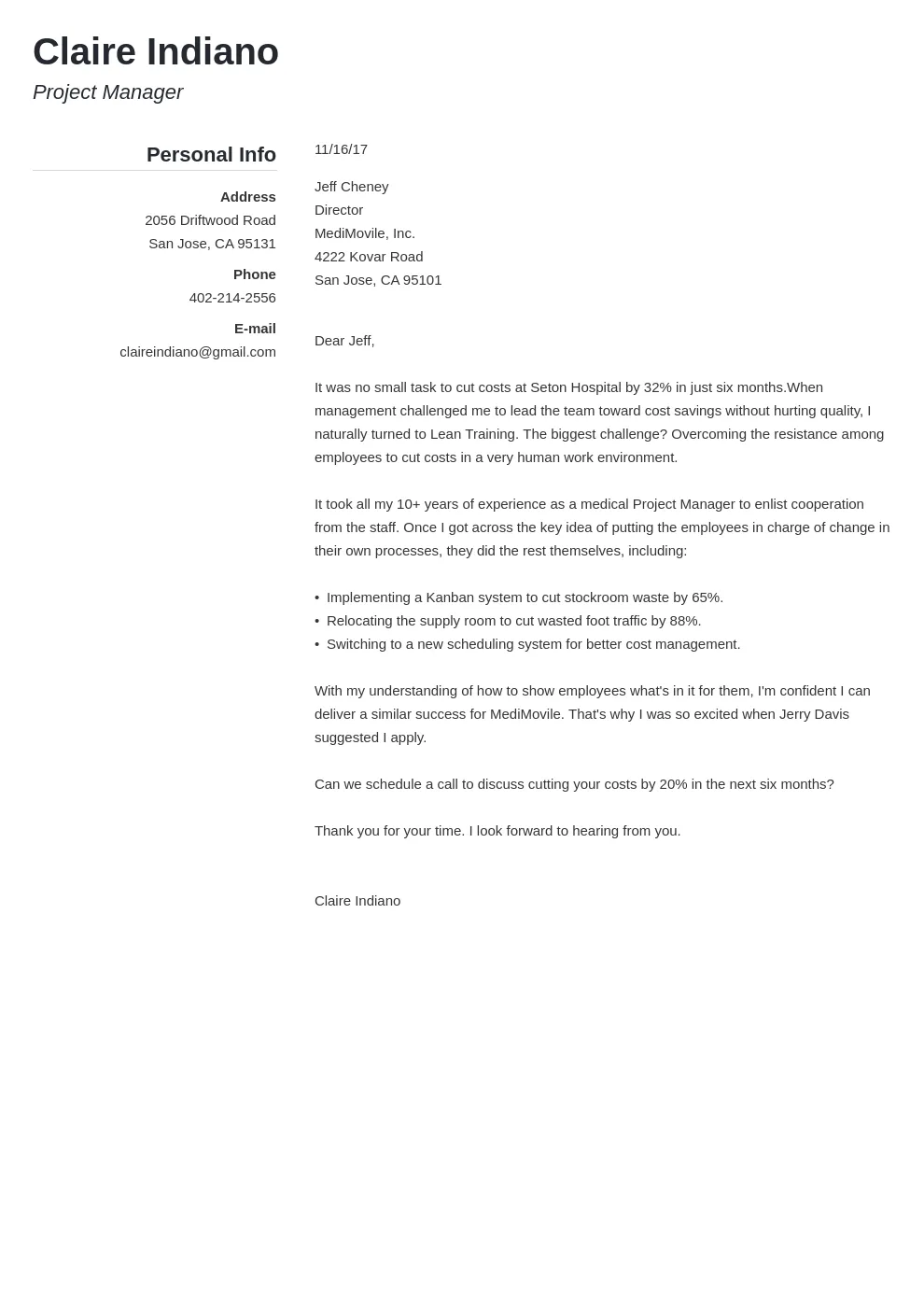Understand the Purpose of a Cover Letter
A cover letter is your first chance to make a strong impression on a potential employer. It serves as an introduction, a showcase of your personality, and a way to connect your skills and experiences to the job requirements. Unlike a resume, which provides a factual account of your work history, a cover letter allows you to tell a story, demonstrating your enthusiasm and explaining why you are the ideal candidate. A well-crafted cover letter can significantly increase your chances of getting an interview, so it’s essential to understand its purpose and how to make it effective.
Why a Cover Letter Matters
In today’s competitive job market, a cover letter is not just an optional add-on; it’s a vital tool in your job-seeking arsenal. Many hiring managers consider a cover letter a critical part of the application process, using it to assess your communication skills, attention to detail, and genuine interest in the position. It gives you the opportunity to address specific requirements, elaborate on your achievements, and show how your skills align with the company’s needs. A cover letter can highlight unique qualifications that might not be immediately apparent from your resume, making you stand out from other applicants.
Key Elements to Include
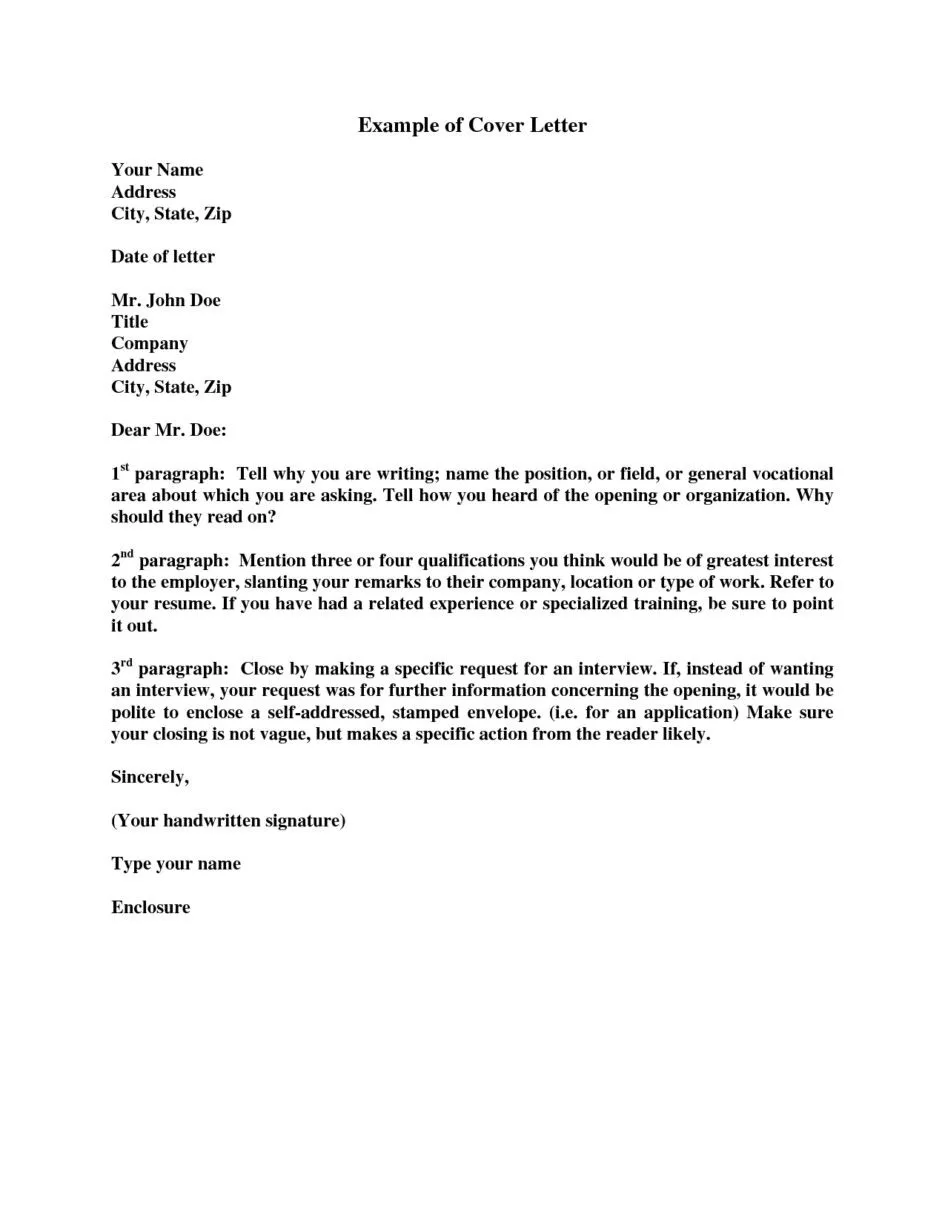
A successful cover letter incorporates several key elements. It should start with a professional greeting and a clear indication of the job you’re applying for. Then, it should include a compelling opening statement that grabs the reader’s attention. The body of the letter should highlight your relevant skills and experiences, demonstrating how they align with the job requirements. It should also showcase your enthusiasm for the role and the company. Finally, the letter should conclude with a call to action, expressing your interest in an interview and your contact information.
Start with a Strong Greeting
The opening of your cover letter sets the tone for the rest of the document, so it is very important to start with a strong greeting. A personalized greeting demonstrates that you’ve done your research and are genuinely interested in the position. Avoid generic greetings that can make your letter seem impersonal. Instead, aim to address the hiring manager by name whenever possible. This shows initiative and a genuine interest in the company.
Addressing the Hiring Manager
Research is key when addressing the hiring manager. Try to find the name of the person responsible for hiring. You can often find this information on the company’s website, LinkedIn, or the job posting itself. If you can’t find a specific name, use a professional and appropriate greeting like ‘Dear Hiring Manager’ or ‘Dear [Department Name] Team.’ Avoid using overly casual greetings as this could make the letter seem unprofessional.
Avoiding Generic Greetings
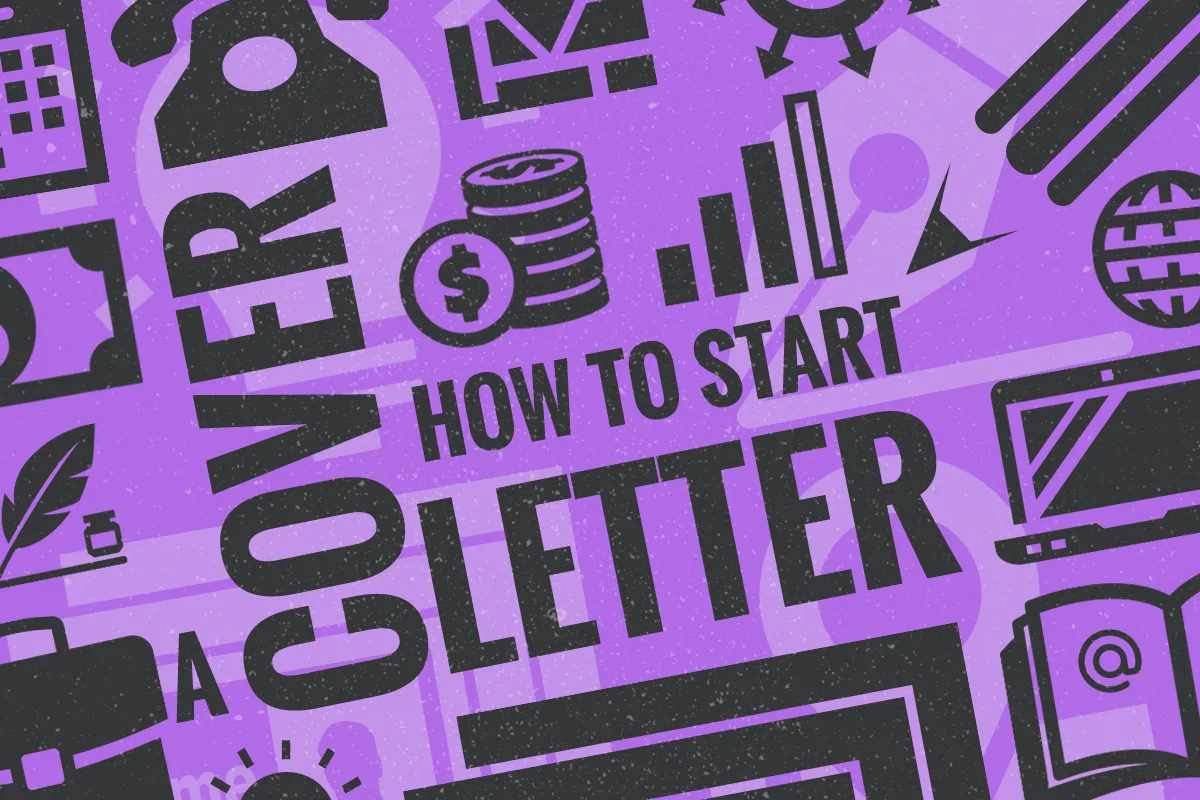
Generic greetings such as ‘To Whom It May Concern’ or ‘Dear Sir/Madam’ are outdated and lack impact. They indicate a lack of effort and personalization, which can negatively impact your application. Instead, make an effort to find the name of the hiring manager or use a more specific greeting that fits the situation, such as ‘Dear [Department Name] Hiring Team’ or ‘Dear [Job Title] Selection Committee’ if a specific person’s name isn’t available. Personalization is key to getting noticed.
Craft a Compelling Opening Statement
Your opening statement is your chance to grab the reader’s attention. Start with a strong hook that quickly explains why you are interested in the position and what makes you an ideal candidate. This could be a brief mention of a significant achievement, a relevant skill, or your passion for the company. The first paragraph should establish a clear connection between your qualifications and the job requirements. A compelling opening statement sets the stage for the rest of your cover letter, encouraging the hiring manager to read on.
Highlighting Your Enthusiasm
Showcase your enthusiasm for the role and the company from the beginning. Explain what specifically excites you about the opportunity. This could be related to the company’s mission, its products or services, or the specific responsibilities of the job. Expressing genuine enthusiasm makes your cover letter more engaging and shows that you’re not just looking for any job; you’re genuinely interested in this particular one. Your passion and interest can make you stand out.
Showcasing Relevant Skills
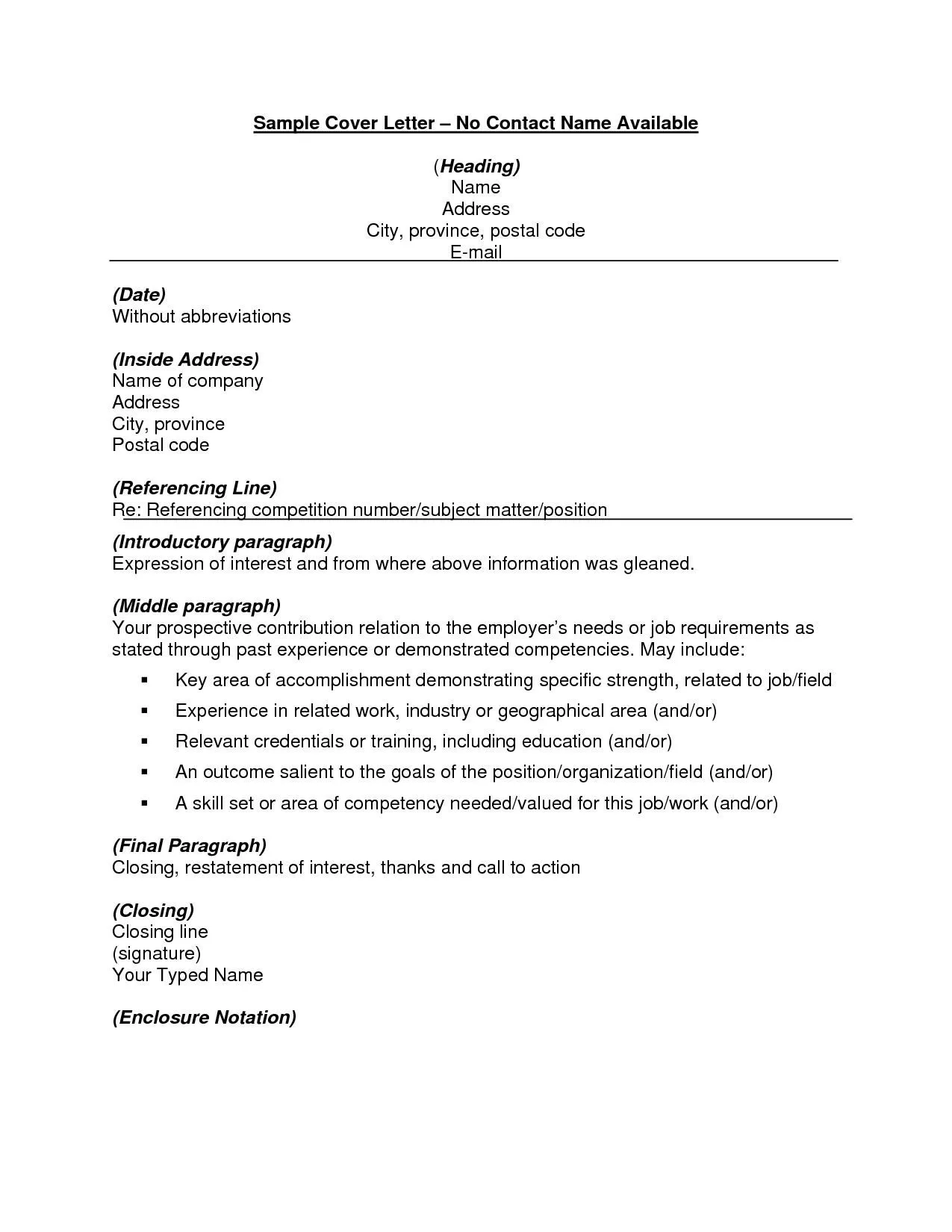
Quickly highlight your most relevant skills in the opening statement. This is your chance to let the hiring manager know that you understand the job requirements and possess the necessary qualifications. Tailor this section to the specific job description, mentioning skills and experiences that directly align with the role. This immediately demonstrates that you’re a good fit. Be concise and focused, and use keywords from the job posting to show you understand the needs of the role.
Mentioning the Job Position
Clearly state the job position you are applying for in your opening statement. This helps the hiring manager quickly understand the context of your application and ensures they know which role you’re interested in. Mentioning the job title explicitly avoids any confusion and makes it easier for them to assess your application. Refer to the job title as it appears in the job posting to ensure accuracy and clarity.
Keep it Concise and Focused
Keep your cover letter concise and focused. Hiring managers are busy, so it’s important to get straight to the point. Avoid overly lengthy paragraphs and irrelevant information. Aim for a cover letter that is no longer than one page. Focus on the most relevant experiences and skills, and make every word count. A well-written, concise cover letter is more likely to be read and appreciated.
Tailoring Your Letter
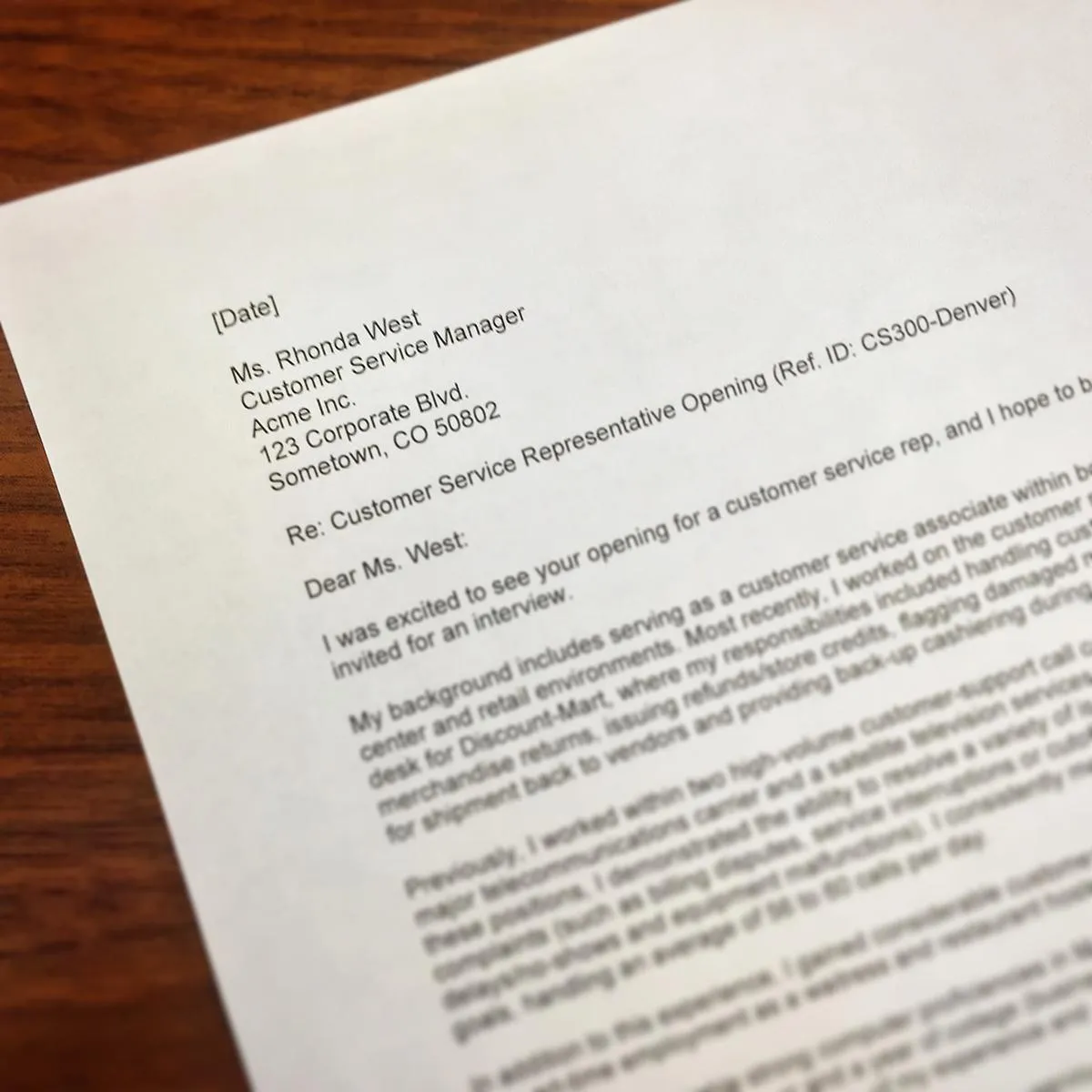
Tailor your cover letter to each specific job application. A generic cover letter will likely be overlooked. Take the time to read the job description carefully and customize your letter to reflect the specific requirements and expectations. Mention specific skills, experiences, and achievements that are most relevant to the role. Research the company and demonstrate your understanding of their mission, values, and industry. Showing you have tailored the application for the specific role, increases your chances of success.
Proofreading for Impact
Proofread your cover letter carefully before submitting it. Errors in grammar, spelling, and punctuation can create a negative impression and undermine your credibility. Check for clarity and flow, and ensure that your sentences are well-structured and easy to understand. Read your cover letter aloud to catch any awkward phrasing or inconsistencies. It is advisable to have a second pair of eyes to proofread your cover letter. A well-proofread cover letter reflects your attention to detail and professionalism.
Conclusion
Starting a cover letter instantly involves understanding its purpose, crafting a strong opening, and showcasing your relevant skills and enthusiasm. By following these guidelines and tailoring your letter to each job application, you can significantly increase your chances of getting noticed by potential employers. Remember to keep it concise, focused, and free of errors to make a lasting positive impact. The key is to make every word count and showcase the value you bring to the role and the company. Good luck!
